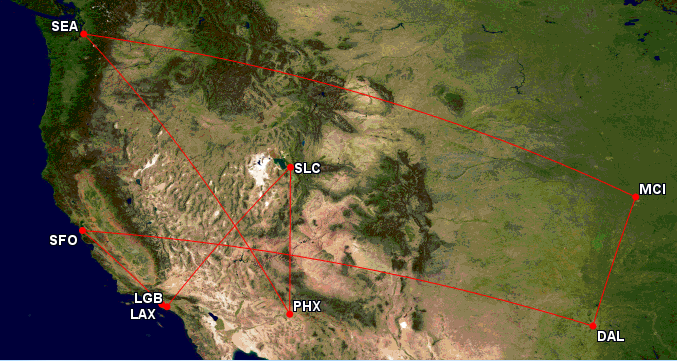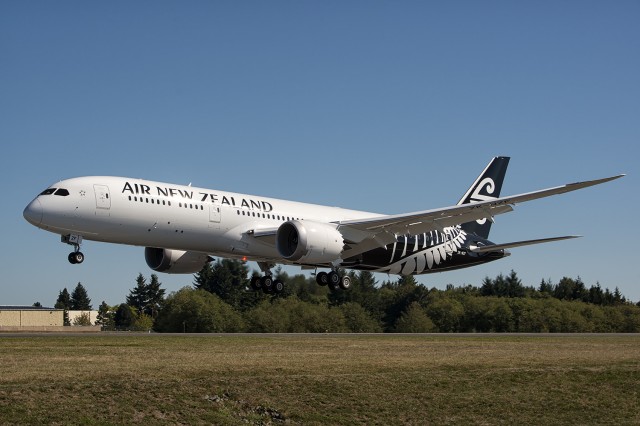
Air New Zealand Boeing 787-9 Dreamliner ZK-NZF – Photo: Kris Hull
Air New Zealand on Thursday announced a North American expansion, adding Houston George Bush Intercontinental Airport as their fourth U.S. destination. Air New Zealand currently serves Los Angeles, San Francisco, and Honolulu, in addition to Vancouver, Canada to the north.
BONUS: Flying Like a Boss in Air New Zealand’s Business Premier Seat
Service to Auckland was long-sought by Houston; Continental Airlines (prior to their merger with United) had announced service in 2010, only to cancel the service in 2012 prior to introduction. That said, the route likely makes good sense for Air New Zealand, given their status as a member of the Star Alliance. United’s giant presence at their Houston hub will allow for significant feed to the Air New Zealand flight, along with smooth connections for inbound travelers to the U.S. east coast and Latin America.
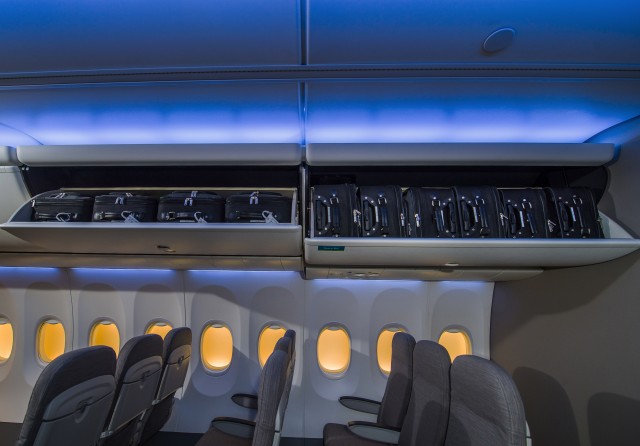
Space Bins in the 737 Configuration Studio – Photo: The Boeing Company
During Aviation Geek Fest 2015, a small number of us AvGeeks (seven, to be exact: me, Mal, Dan, Christy, Michael, Michael #2, and Derek — who didn’t seem to make it into the video, but still was great) were invited by Boeing to preview their new Space Bin design and offer our feedback. It was previously announced that Alaska Airlines will be the launch customer for the Space Bin (first aircraft should be delivered by the end of the year), so as a frequent flier on Alaska, I was very interested to see the overhead bin of the future. (Also, this was probably the closest I will ever come to my not-so-secret dream of appearing in an airline safety demonstration video.)
The Space Bin offers a significant increase in capacity, with each bin holding six standard-sized rollaboard bags, instead of four. According to Boeing, that allows for 194 total bags in Space Bins on a 737-900ER or 737 MAX 9, compared to 132 in the current bin configuration; 174 compared to 118 on a 737-800 or 737 MAX 8; and 130 compared to 90 on a 737-700 or 737 MAX 7.
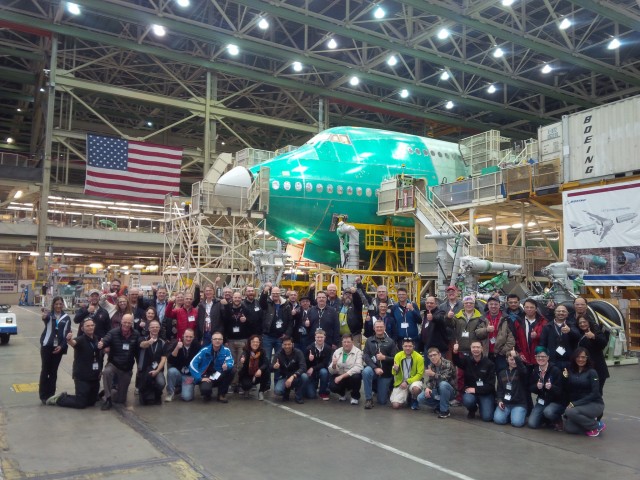
One of the AGF15 groups on the 747-8 factory floor – Photo: Boeing
It has been a while since we celebrated Aviation Geek Fest Seattle 2015 back in February, but I am still feeling the excitement. What an amazing two-day AvGeek event that was held here, in Seattle, WA on February 21 and 22.
This year, all 250 “Full” tickets sold out in less than 30 seconds. Less than 30% of the guests were from Washington state and the rest came from around the world. We had AvGeeks from Austria, Denmark, the UK, Dubai, India and, of course, our friends up north from Canada. It was a blast!
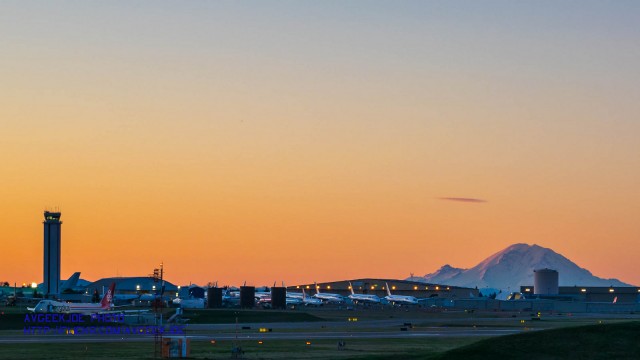
Paine Field is beyond beautiful – Photo: AvGeek Joe
For those of you not familiar with Aviation Geek Fest Seattle, it is a two-day event, where attendees get to have amazing aviation experiences with VIP access. This was our sixth time doing this, and I think the best one yet.
“You’re crazy!” That’s the most common reaction I get from non-AvGeeks after describing in detail one of my typical “plane crazy” trips. Unlike a normal person, my travel tends to focus not on the destination, but the journey. That is, the airlines, airplanes, airports, and last but most certainly not least: hap-hazard routing in an effort to add the most diversity to my route map. I just completed one such trip, which I affectionately referred to as my #AirlineSampler.
Planning for this 6k (5,966) mile trek began when I learned United would briefly return a 787 to domestic service. What began as a trip to fly on my first 787 quickly escalated into a cobweb of lines I’d lay across the Great American West (for Missourians, everything west of the arch is west). The trip ended in just under four days, having flown with five airlines and visiting eight airports along the way. Better yet, these would be my very first trips with three of the airlines.
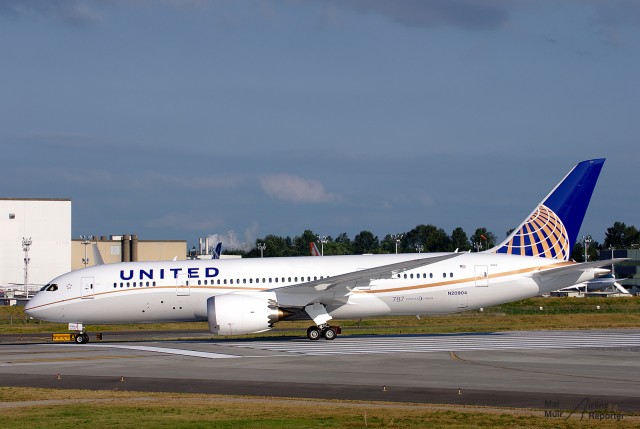
A United Airlines’ Boeing 787-8 – Photo: Mal Muir | AirlineReporter
The experiences I had over this long weekend were both incredible and eye-opening. I want to have enough “runway” as it were to discuss my thoughts on each of the airlines, so we’ll spread these out across a number of posts. At this point, it’s important to note these reviews will be from the perspective of a frequent flier who purposefully chooses Southwest over the other guys most times. I’ve written extensively about my love for Southwest so, for the most part, I’ll leave them out of this series which was focused solely on getting out and exploring the what airline diversity remains in the US. For continuity, I’ll note where I used Southwest for re-positioning and leave it at that.
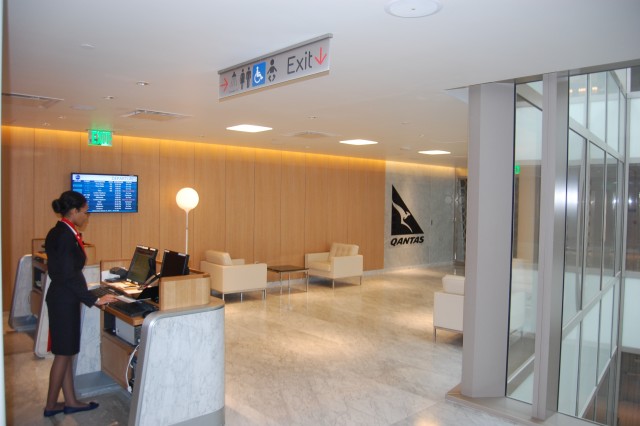
Entrance to the new Qantas First Lounge – Photo: Blaine Nickeson | AirlineReporter
Recently, Qantas opened a new lounge in the Tom Bradley International Terminal at Los Angeles International Airport (LAX). The Qantas First Lounge serves first class passengers from Qantas, British Airways, Cathay Pacific, and Japan Airlines, along with oneworld Emerald and Qantas’ own top-tier elites. As such, it is a good-sized lounge.
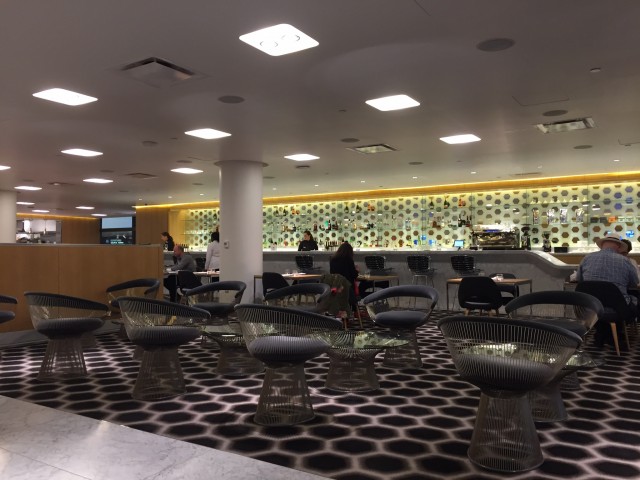
Beautiful bar in the Qantas First Lounge – Photo: Blaine Nickeson | AirlineReporter
I had a long layover in Los Angeles as part of my trip to Santiago with LAN Airlines to check out business class on their 787-8 Dreamliner, so we were able to arrange with Qantas to visit their new lounge and experience what it had to offer. It didn’t disappoint.




